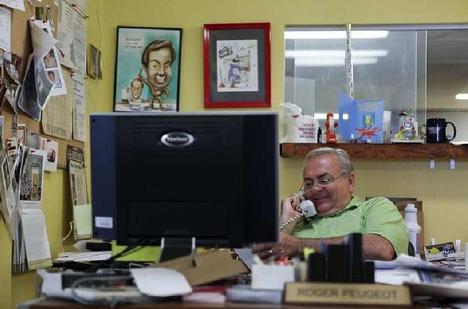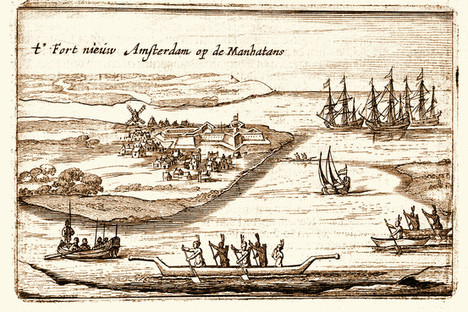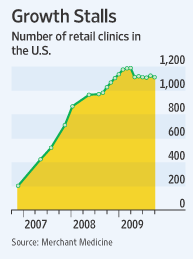(p. 4A) WASHINGTON — The four drafty buildings had been fixtures of the Energy Department complex in Oak Ridge, Tenn., for more than half a century. They burned energy like 1950s sedans.
The buildings seemed like perfect candidates for a federal conservation retrofit program that relies on private contractors that receive a percentage of the money they save. A deal was struck in 2001. The contractor reworked lighting and heating systems, among other things, and began collecting payments.
The project was counted among the department’s “green” successes — until auditors discovered that the buildings had been torn down several years ago, and the government had paid $850,000 for energy savings at facilities that no longer existed.
The audit findings show the potential for waste and abuse at a time when the department is poised to launch billions of dollars more in stimulus spending on an unprecedented welter of green projects across the country.
. . .
The problems are not exclusive to Oak Ridge. The auditors, from the department’s inspector general’s office, also determined that $565,000 had been paid over six years under the same arrangement to a contractor in Texas for a highefficiency laundry that was no longer in use.The department also paid out $3.4 million on another project without checking whether the conservation measures worked — and $160,000 for measurements that were never taken.
For the full story, see:
THE WASHINGTON POST. “Audit finds ‘green’ projects resulted in waste, abuse; The findings point to a need for oversight as the government readies stimulus projects.” Omaha World-Herald (Sun., Sept. 27, 2009): 4A.
(Note: ellipsis added.)







